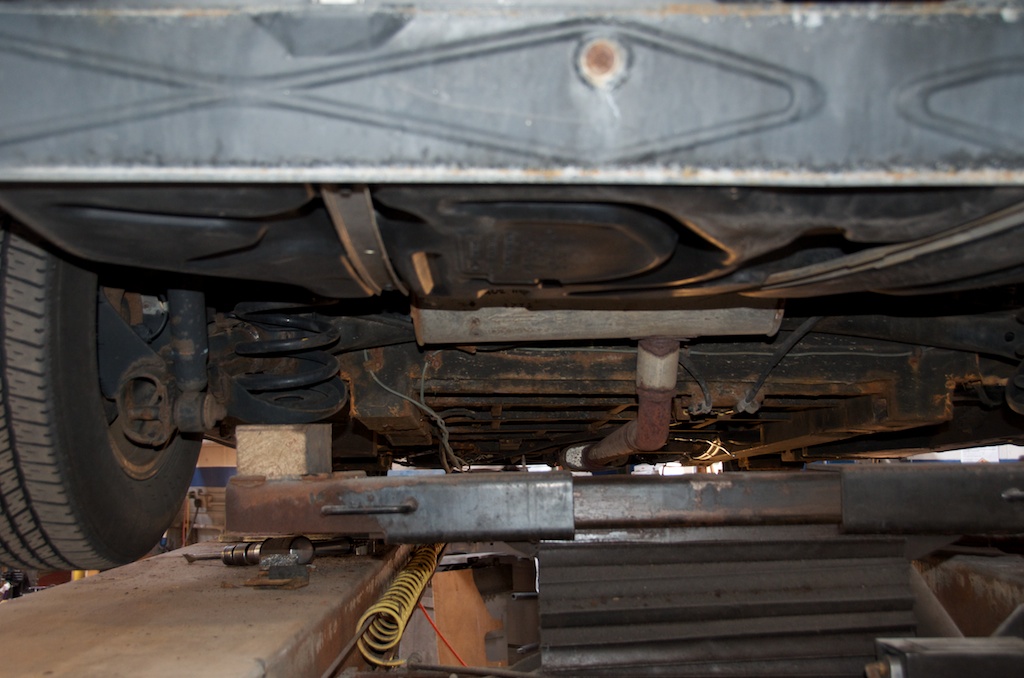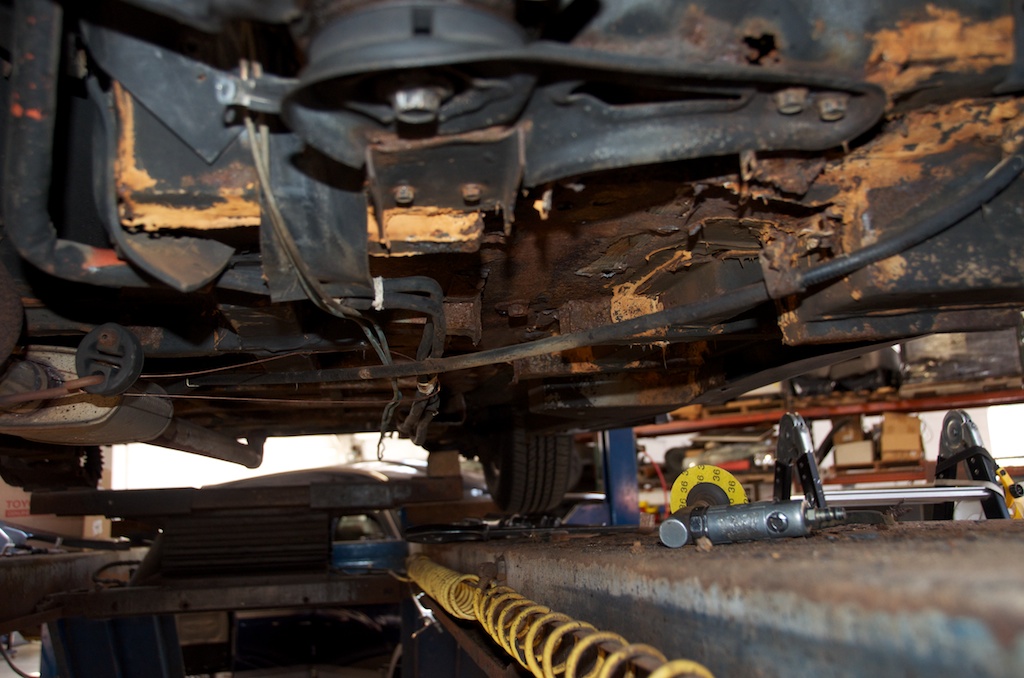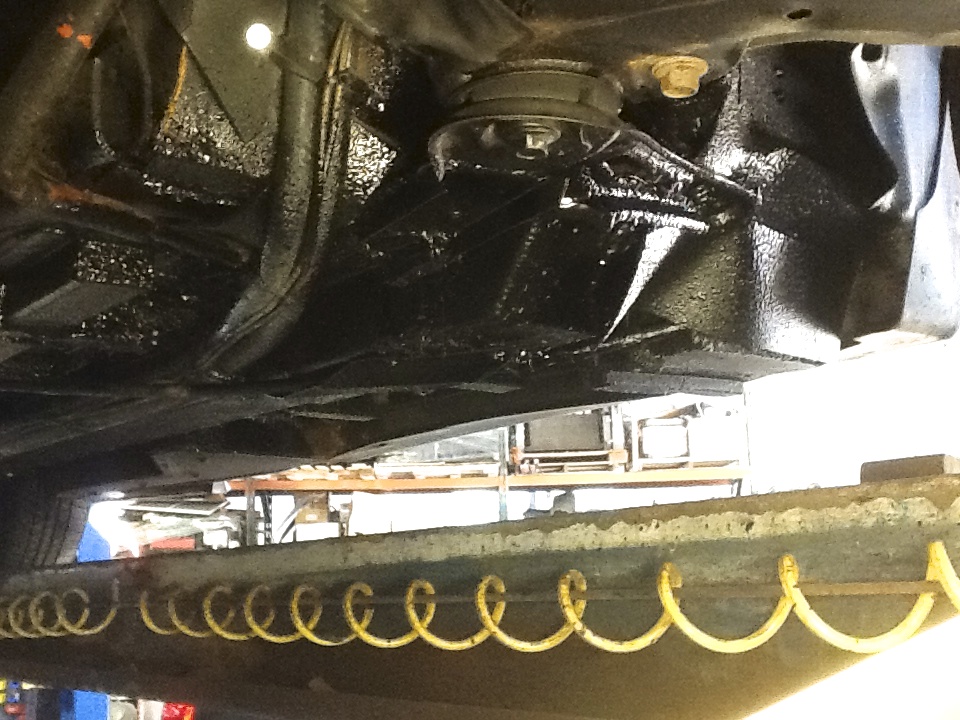The name “Trisomy” means three (“tri”) copies of a chromosome (“somy”). Unlike most individuals, people that have any form of Trisomy are born with a whole or partial third copy of a chromosome, instead of the expected two. For example, a child that has a third copy of the number 21th chromosome, rather then just the pair, have a common disorder called Down’s Syndrome. When the 18th chromosome has been affected, then that better known as Edward’s Syndrome, and again the 13th is Patau’s Syndrome. Trisomy 9 refers to the number 9th chromosome being affected, though due to being so rare it has not yet been given another name.
Duplication resulting in Trisomy 9p
A duplication is an extra copy of a portion of a chromosome. In this case, the extra portion is from chromosome 9. This may also be referred to as a partial Trisomy 9 since what is extra is part of chromosome 9. The extra chromosome 9 material can be present in the middle of one of the arms of chromosome 9 or may be attached to the end of another whole copy of chromosome 9. Some individuals are diagnosed with Trisomy 9p which is where the chromosomes have duplicated the “p” arm, or Trisomy 9q where the “q” arm has been affected.
Mosaic Trisomy 9
The term “mosaic” means that there is a mixture of cell types among the analysed cells. An individual with mosaic Trisomy 9 has some cells with an extra copy of Chromosome 9. Others can also have Mosaic 9 which is where the same thing applies though only with the expected number of chromosomes (two copies of chromosome 9)
Translocation resulting in Trisomy 9p
Translocations (t) are rearrangements of chromosome material that involve two or more chromosomes. Translocations arise when two chromosomes “break” and switch material. Often, when a translocation arises in a parent it is “balanced”. This means that there is no apparent loss or gain of chromosome material. All the chromosome material that should be there is usually present but is rearranged.


 We Removed the Rust, Re-Built the Underneath and rust Proofed this Vehicle.
We Removed the Rust, Re-Built the Underneath and rust Proofed this Vehicle. 
